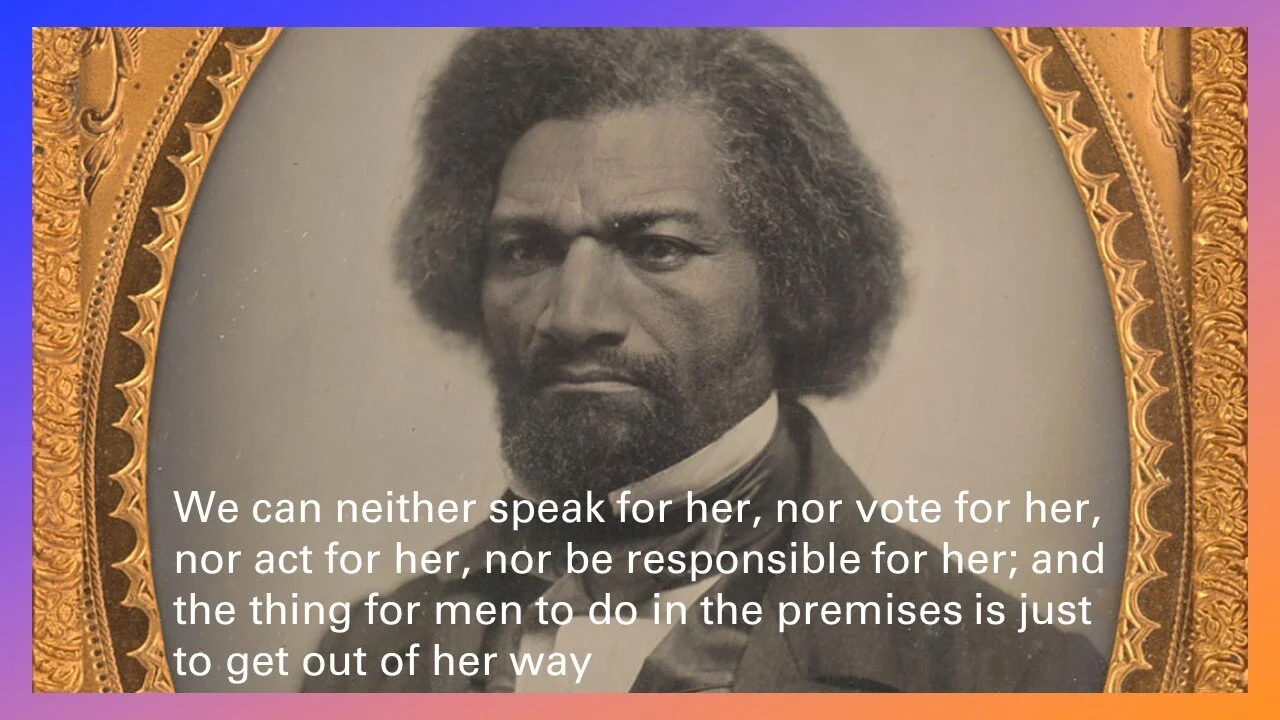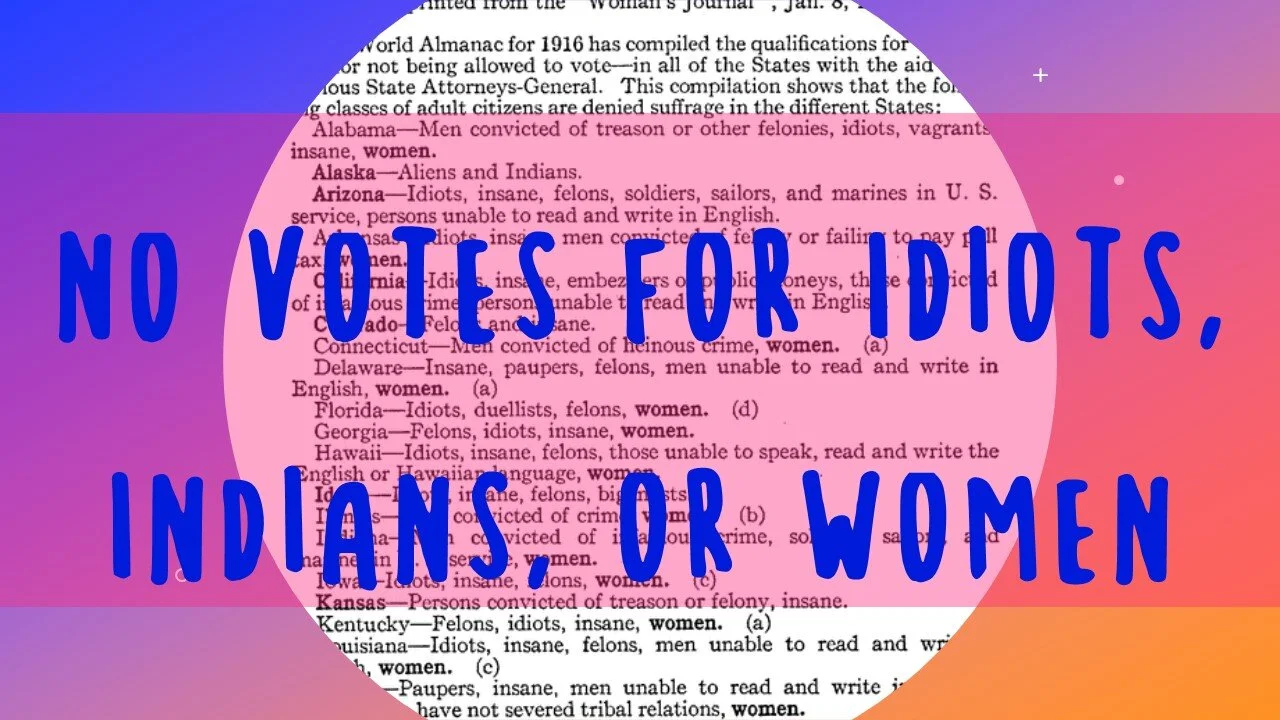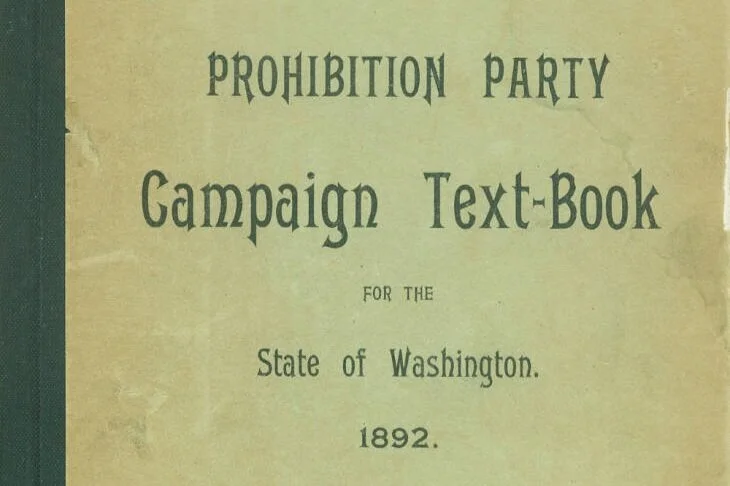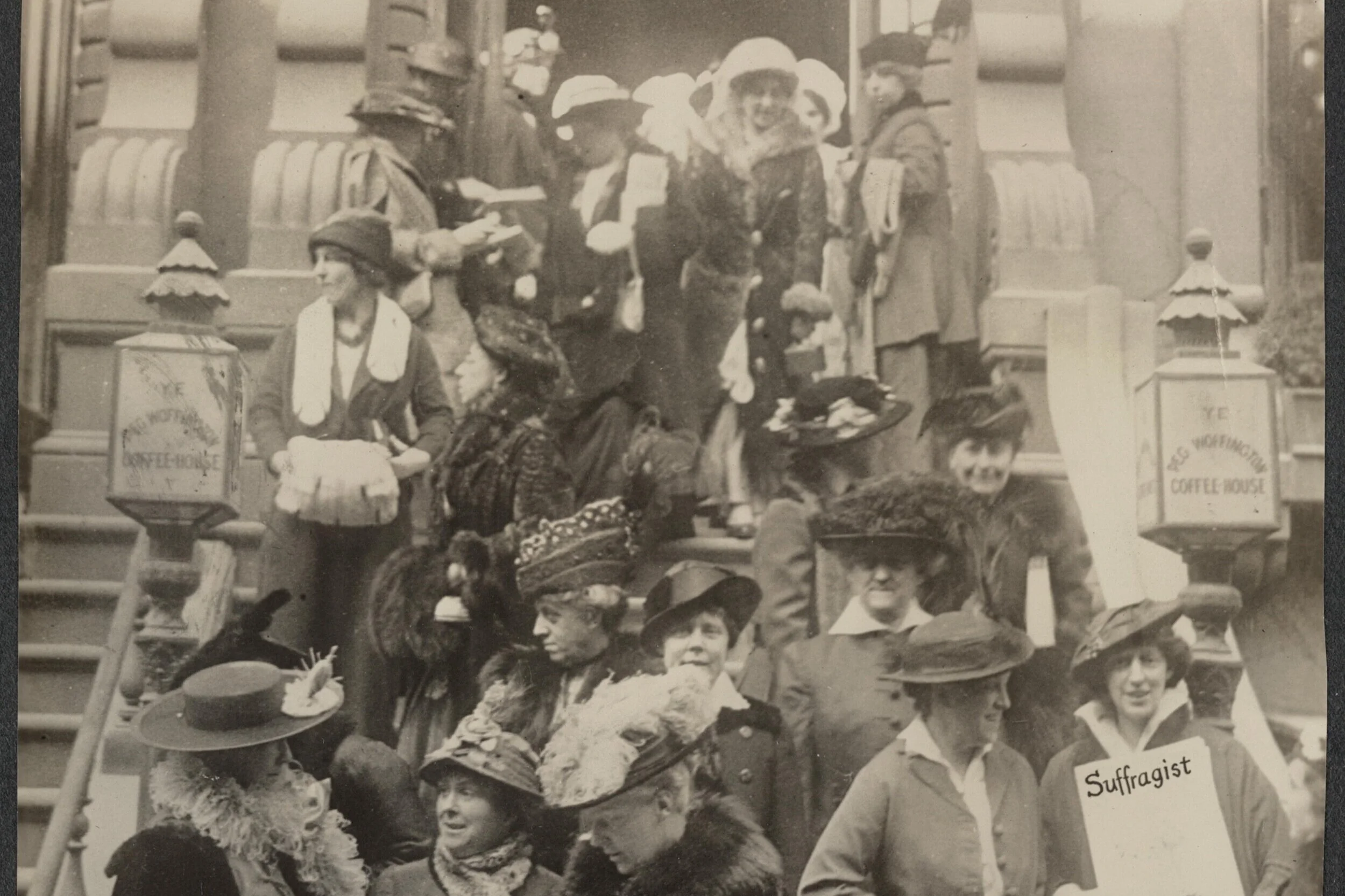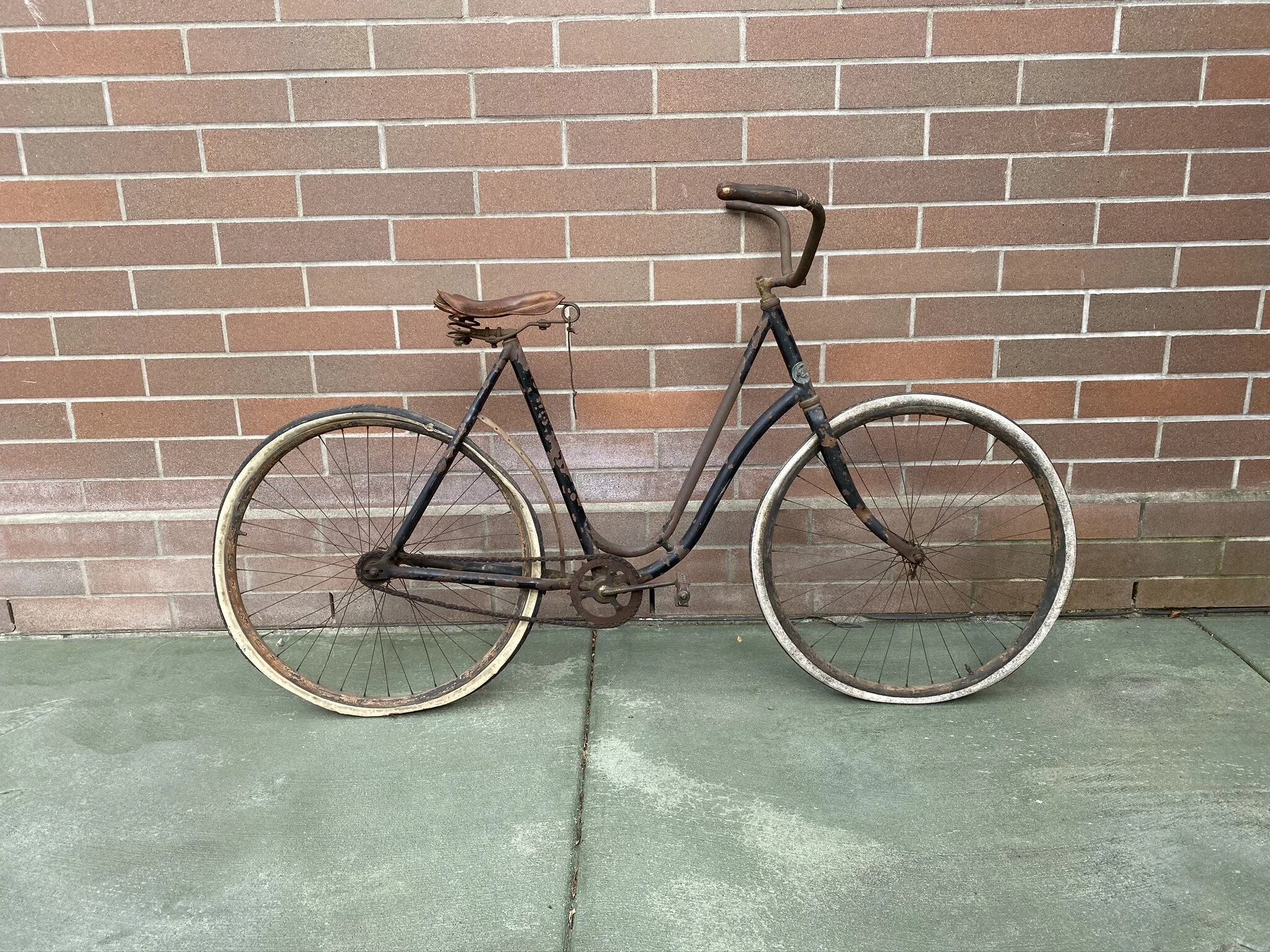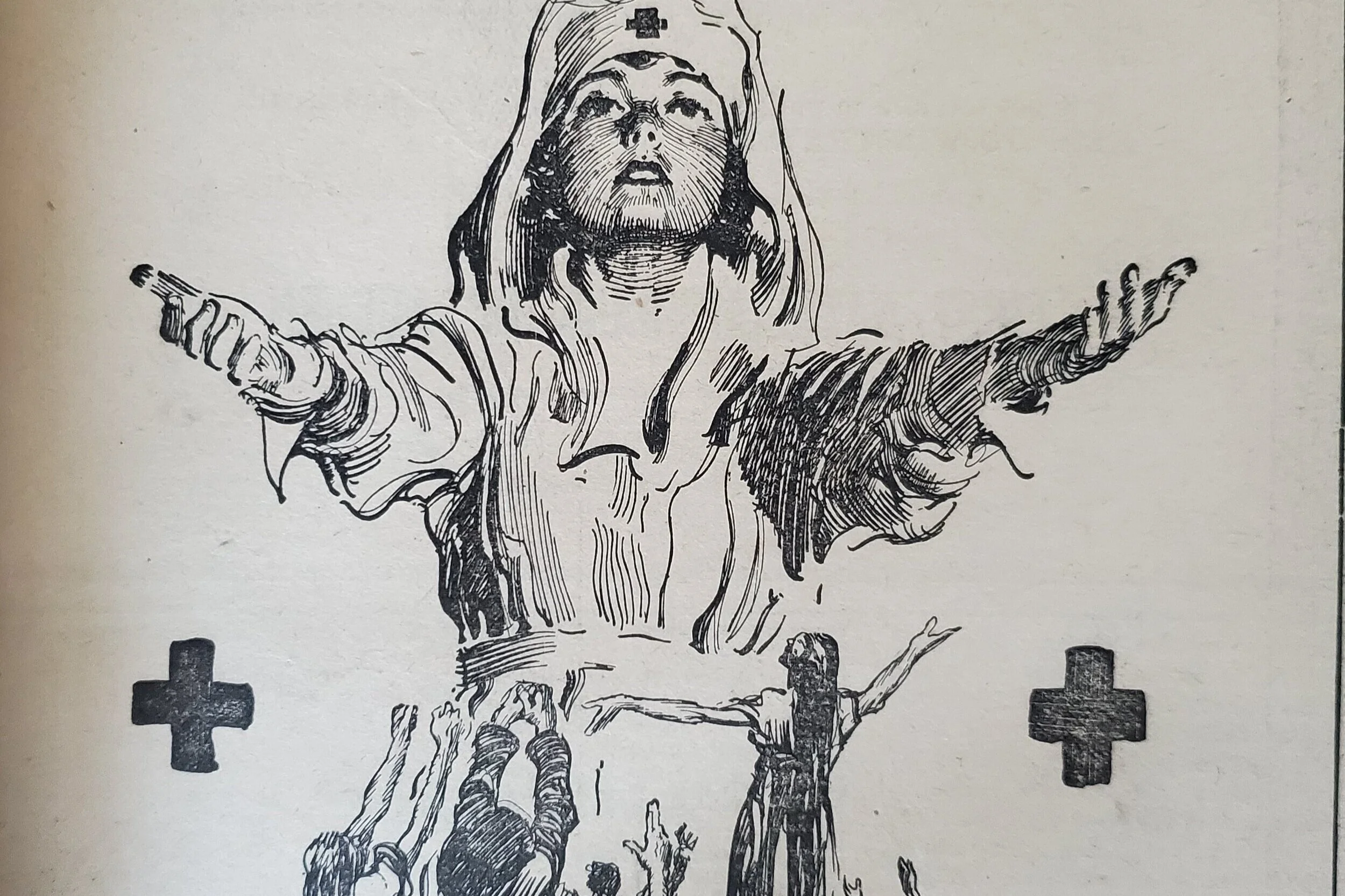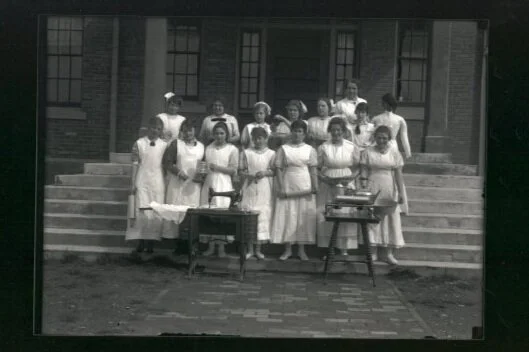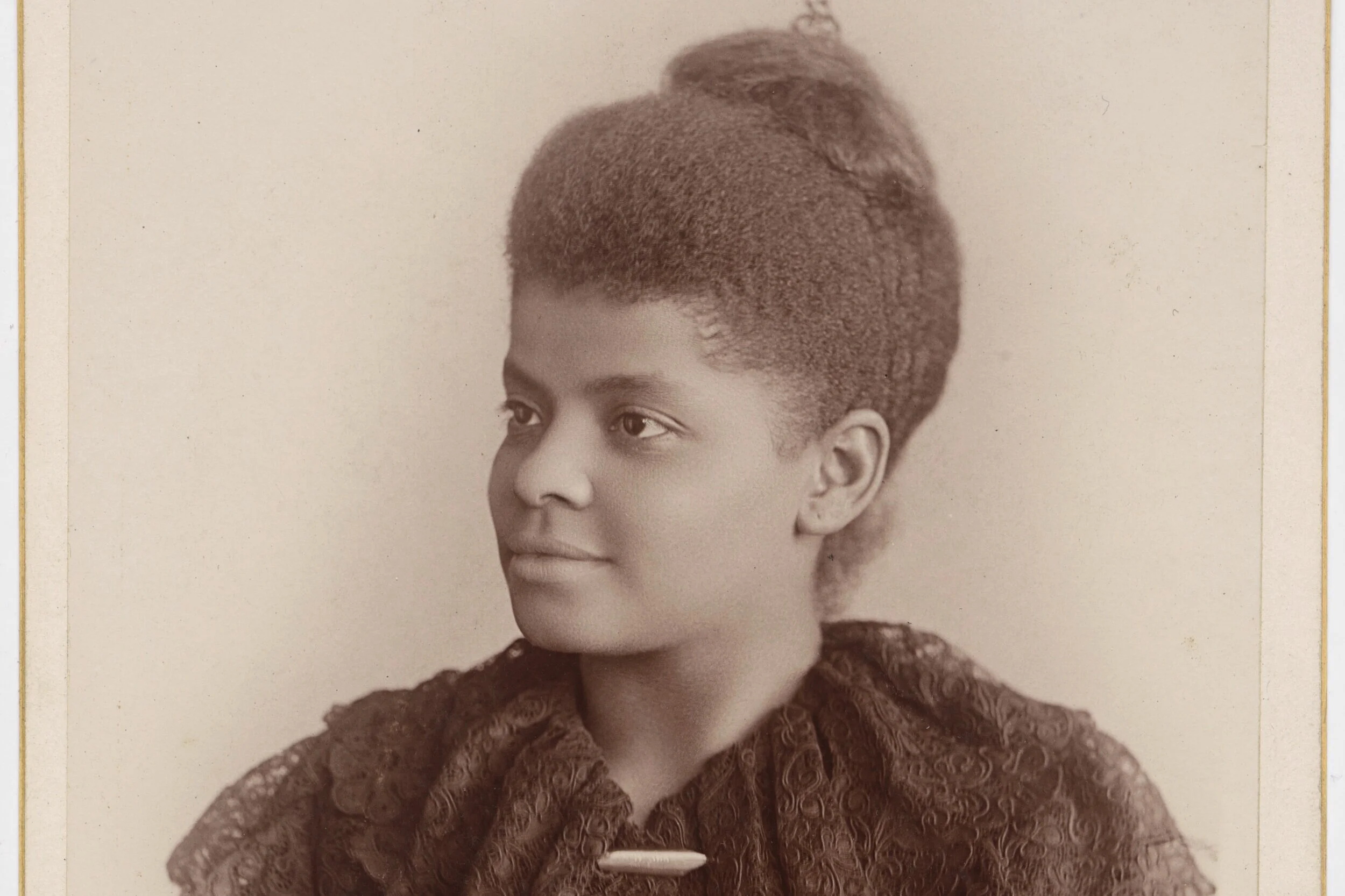
Our new online exhibit #SquadGoals is part of the Washington State Historical Society’s Votes for Women Centennial Grant Program with additional support provided through the City of Auburn and 4Culture.
To get #SquadGoals content every week follow our Insta @squadgoals_1919
Want to Pin the exhibit? Check-out our SquadGoals Pinterest page.
Intro #SquadGoals_1919
The Women’s Suffrage Movement was a decades-long push to secure the right to vote for women. Supporters of women’s suffrage, called suffragists, came from diverse backgrounds and beliefs, but all agreed that women deserved to have a say in the government they were ruled by. But the right to vote wasn’t won by suffragists alone. A whole tangle of social movements influenced by the social reform philosophy of Progressivism aided the suffragist platform from the 1850s to the 1920s. It took the whole squad - the combined arguments and support of the many Progressive Era movements and leaders - to bring about the broad societal changes that enabled passage of the Nineteenth Amendment.

fashion and the new Woman #WhatIWore
Suffragists didn’t just talk the talk, they walked the walk and dressed the part. As women began taking on new roles in society, their clothing and beauty regimens took on new political dimensions, spurred by highly visible celebrities and political activists. Through their hairstyles, skirt length, and even underwear choices, women were now able to express their political opinions - and be criticized for those opinions - more than ever before.
Temperance & Prohibition #StraightEdge
The Temperance Movement really took off in the United States during the late 1800s. Many of the movement’s most vocal leaders were women, and women made up the majority of members in pro-Temperance clubs and associations. Their objections to alcohol ranged from religious to medical to economic, but they all agreed on one thing: alcohol needed to be banned by law. Anti-Temperance advocates knew that if women got the vote, they would create a major voting bloc that would threaten their interests. Some anti-Temperance groups spent significant time and resources attacking pro-Suffrage groups and legislation, despite the fact that women’s suffrage wasn’t their main issue of concern.
Civic Housekeeping and Clubs #politicalactivism
Just because they couldn’t vote didn’t mean women weren’t politically active in their communities. Women championed civic improvement issues, aka “civic housekeeping,” or issues from the domestic sphere, including clean milk, better schools, and the removal of corrupt politicians. Women’s clubs were a fundamental tool for those interested in civic housekeeping, and it’s no coincidence that participation in women’s clubs exploded during the late 1800s and early 1900s. Clubs were a safe space and often provided women their first opportunity to share their political opinions and labor without the direction of a father, husband, or other male authority figure.
Bicycles, Health & the Outdoors #OptOutside
As more and more people were spending time cooped-up in crowded, poorly lit factories in smoggy industrial cities, getting outdoors became a must. “Purity” was the buzzword of the day and nothing was more pure than clean mountain air and lush green forests. The preservation of nature became a matter of health and wellness - and a family’s health was a woman’s responsibility. Progressive women, especially those emulating the bicycle-riding New Woman, became active in outdoor activities, sports, environmental preservation, and the development of parks and green spaces. It was hoped that spending time in these pure, uncorrupted surroundings would encourage similarly pure and uncorrupt behavior in other parts of their lives.
Women in the Workforce #WorkingGirl
Women have always done labor that is valuable to society, but they weren’t counted as part of the nation’s “workforce” until they were publicly doing male-coded tasks. Unfortunately, the workforce was not an especially welcoming place for women in the late 1800s and early 1900s. Even during times of labor shortages like World War I, women had to fight for union membership, higher education, safe work conditions, and equal pay. Women’s labor advocates wanted elected officials who would pass and enforce laws that supported a safe and equitable workplace. One way to ensure that this happened was for women themselves to have their voices heard in elections.
Domestic Science & Home Economy #DomesticGoddess
The new fields of Domestic Science and Home Economics sought to apply the “scientific methods” of industry, minimalism, and experimentation to domestic life. The realms of cooking, cleaning, and child care could be improved through careful planning and calculation. This emphasis on domestic education raised the profile of traditionally “instinctive” women’s work. Suffragists could align themselves with aspects of women’s liberation via their home, in defiance of some anti-Suffrage advocates who insisted that the home and society would fall into ruin if women had more public interests.
Womanhood, Sexuality, & Marriage #Feminist
Suffragists believed in the political equality of women - which led to discussions of all the other areas of life that women should be considered equal in, including some culturally taboo subjects finally being discussed by first-wave feminists: sex, gender expression, birth control, queer relationships, and the purpose of marriage. American culture had a viewpoint on womanhood and that was strictly defined: anyone who was assigned female at birth was expected to be biologically inclined toward motherhood, religious virtue, gentleness, domesticity, and nurturing behaviors. Some suffragists chose to lean into this set of assumptions to make the argument that women would make excellent voters because of their inherently virtuous natures. Others pushed against these stereotypes as limiting, arguing that women don’t need to have special qualities to deserve the basic right to vote in their own government.
Racism & Class #WhitePrivilegeSquad
The leaders and membership of most Progressive organizations were overwhelmingly white, male, and/or wealthy, resulting in significant blind spots in the solutions they proposed. For every example of clean, moral living lauded by Progressives, there was someone they were willing to point to as dirty or criminal - and more likely than not, that person would be non-white, a recent immigrant, or poor. The New Woman ideal left out working women who weren’t independently wealthy. Black and Asian populations were consciously excluded from many movement organizations, including the suffrage movement. Native Americans were still being forced into abusive Indian Schools. Tastemakers who supported “scientific” approaches to solving social problems were easily swayed into promoting extreme methods, including eugenics and forced sterilization of people they found undesirable.



